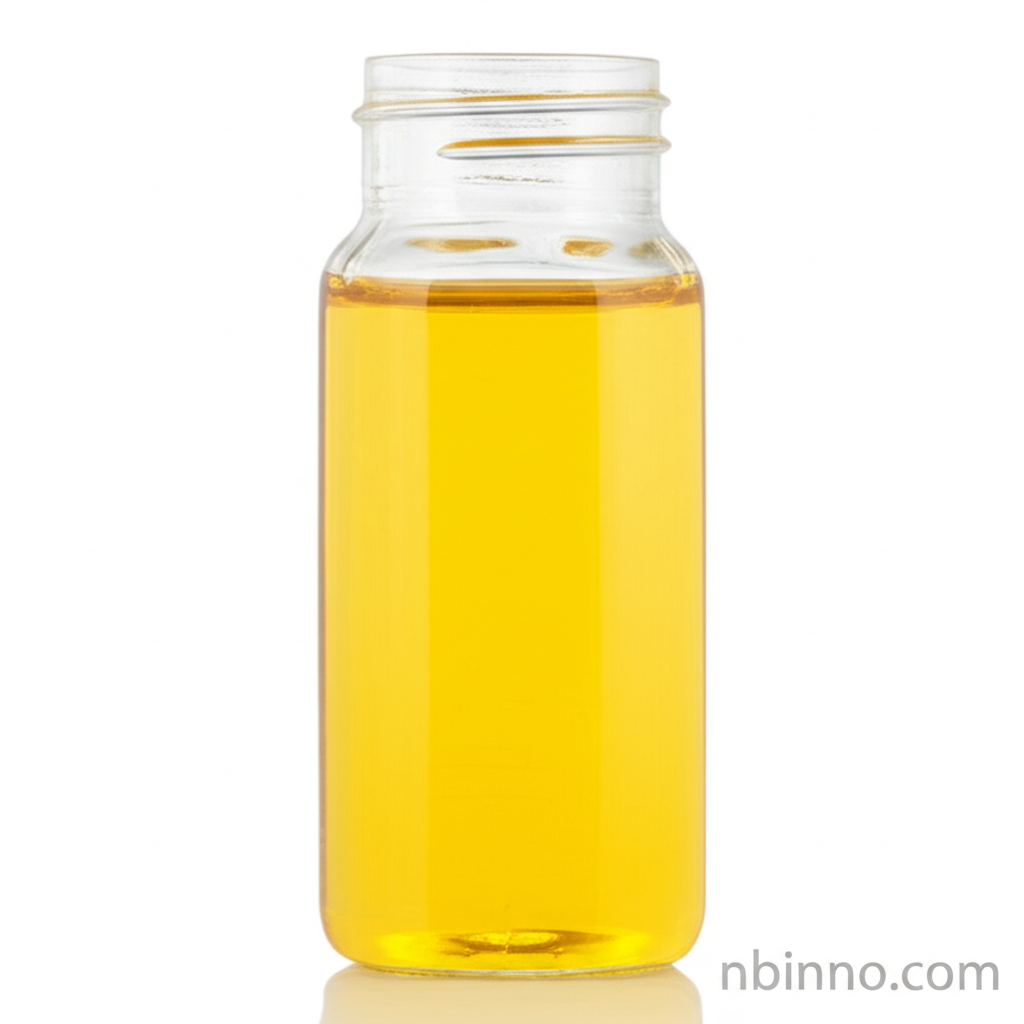Understanding 2,2'-Difluoro Diphenyl Disulfide (CAS: 14135-38-7): Properties, Applications, and Synthesis
A deep dive into the characteristics and utility of this key organosulfur compound.
Get a Quote & SampleProduct Core Value

Difluoro Diphenyl Disulfide
Explore the chemical structure, physical properties, and synthesis pathways of this valuable organosulfur compound. Its unique molecular design makes it a crucial component in various advanced chemical processes.
- Discover the precise 2,2'-Difluoro Diphenyl Disulfide CAS 14135-38-7 properties, including its molecular formula C12H8F2S2 and a molecular weight of 254.32 g/mol.
- Learn about the synthesis of 2,2'-Difluoro Diphenyl Disulfide, typically involving reactions with o-fluorothiophenol under specific conditions.
- Understand the significance of fluorinated organic compounds like this disulfide in modifying material properties and enhancing chemical reactivity.
- Investigate its role as a chemical intermediate for organic synthesis, enabling the creation of more complex and specialized molecules.
Key Advantages
Chemical Versatility
The disulfide bond within the difluorodiphenyldisulfide chemical properties offers unique reactivity, making it suitable for a range of synthetic transformations.
Enhanced Stability
The presence of fluorine atoms can contribute to increased stability and altered electronic characteristics, benefiting its use in demanding chemical environments.
Building Block for Innovation
As an important member of organosulfur compounds, it serves as a foundational material for developing new chemicals and advanced materials.
Key Applications
Organic Synthesis
Utilized as a building block and intermediate in the complex process of organic synthesis, facilitating the formation of new carbon-sulfur bonds.
Materials Science
Its unique structure makes it a candidate for developing novel materials with specific properties, leveraging the influence of fluorine substituents.
Chemical Research
An essential reagent in laboratories for exploring new reaction pathways and synthesizing target molecules within the field of chemical research reagents.
Pharmaceutical Intermediates
Plays a role in the synthesis of pharmaceutical compounds, acting as a key intermediate in the development of new drug candidates.
